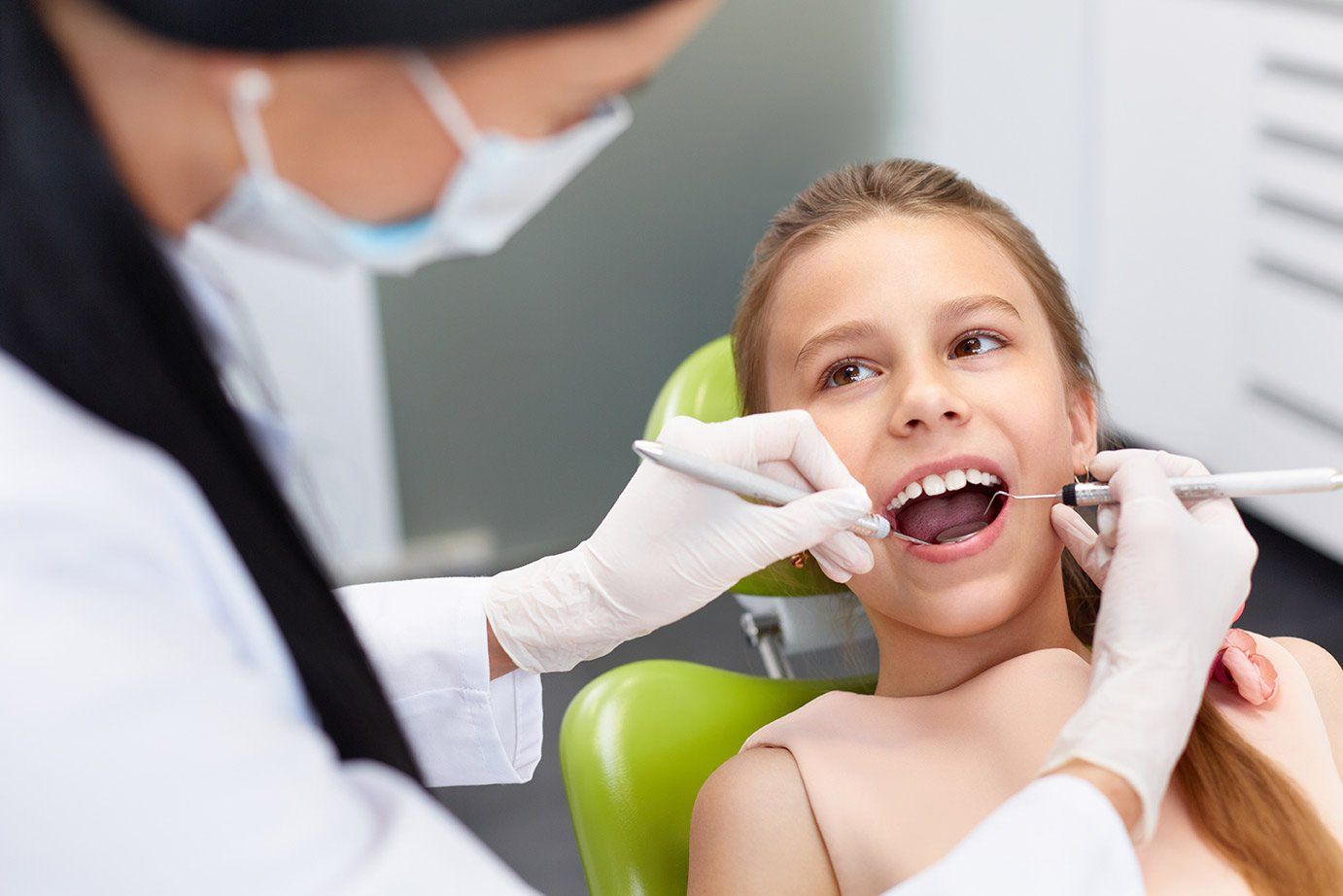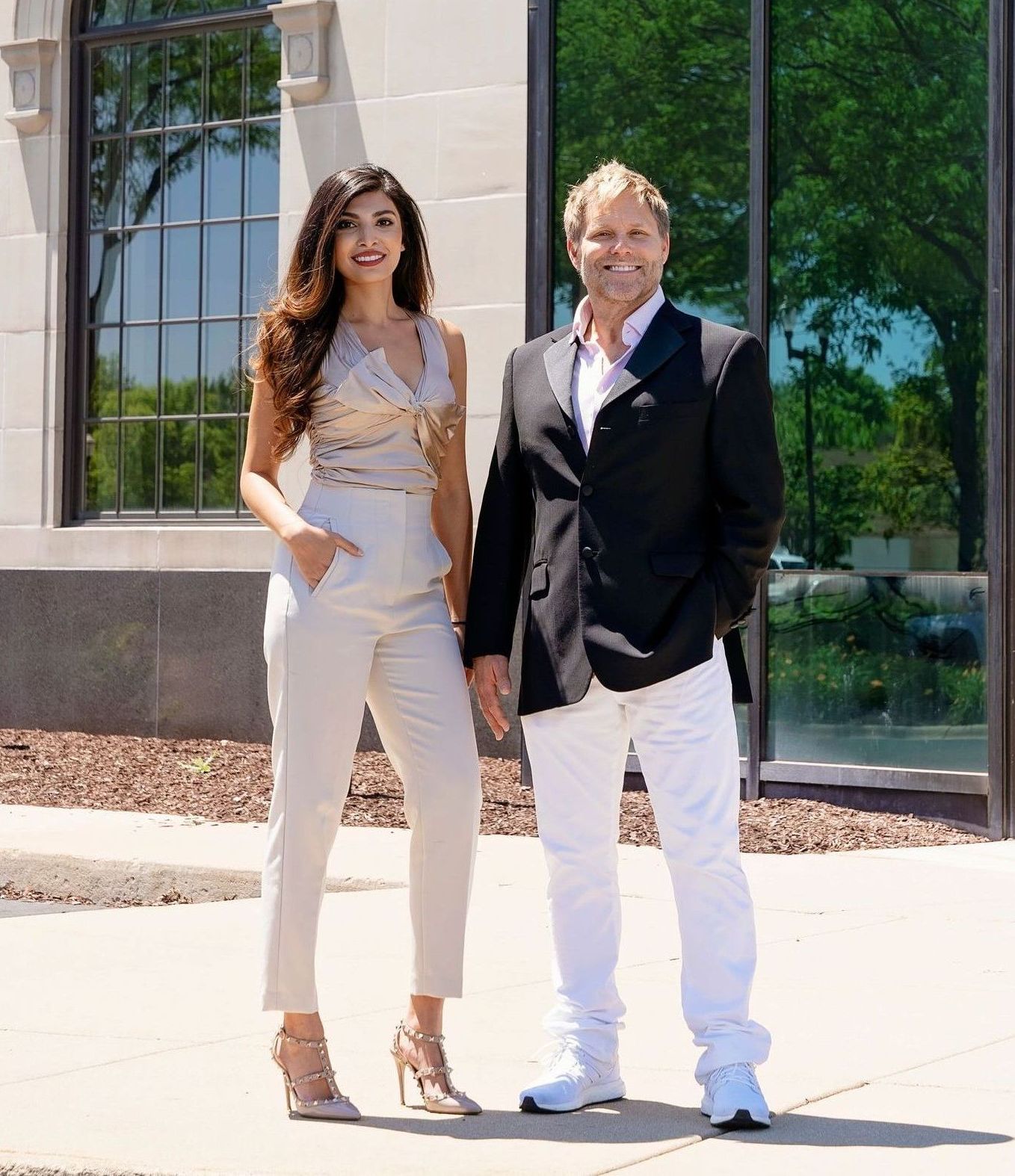Pocket Reduction Therapy?
A surgical procedure used to treat advanced gum disease. It involves removing bacteria and calculus from the roots of the teeth and reducing the size of the pockets between the teeth and gums. The procedure aims to eliminate the source of infection and promote the growth of healthy gum tissue.
What Can Be Done About Gum Tissue Loss?
Losing your gum tissue gradually over time is quite common, but that doesn’t mean you should ignore it. Gum tissue doesn’t grow back when it’s lost and it tends to worsen with time, so professional and surgical intervention is necessary to replace it.
Fortunately, at Chapko & Shah Modern Dentistry offer gum tissue grafting as an effective solution to help restore your gum tissue and improve your overall oral health.
What Is Gum Tissue Grafting?
Gum tissue grafting, also called soft tissue augmentation is a supplemental surgical procedure that involves taking tissue from one part of your mouth and attaching it to the affected area to restore your gum line. The tissue is normally taken directly from your mouth to increase the chances of transplant success. Gum grafting is an often necessary procedure in cases of severe gum recession or if your condition prevents you from certain treatments like dental implants.
Common Causes of Gum Recession
Certain factors can increase the rate at which you lose your gums including:
- Periodontal disease
- Poor oral hygiene
- Genetics
- Hormonal changes
- Tobacco use
- Bruxism (teeth grinding)
- Trauma to the gum tissue
The Benefits of Gum Tissue Grafting
Undergoing a gum graft doesn’t just restore your gum line. This procedure also can enhance your oral health and further strengthen your teeth to ensure you have a long-lasting smile.
Some of the benefits of gum tissue grafting include the following:
Reduced Sensitivity: Gum grafts restore the barrier for exposed tooth roots, reducing sensitivity.
Improved Appearance: Restoring your gum tissue helps improve the appearance of your smile by covering exposed tooth roots and giving you a more natural gum line.
Improved Gum Health: Restoring your gum line can improve the health of your smile’s soft tissues and provide further protection against issues including periodontal disease.
Improved Tooth Stability: Replacing lost gum tissue helps to improve the stability of your teeth by protecting the tooth roots and reducing the risk of tooth loss.
Improved Chances of Implant Success: Gum grafting provides the necessary soft tissue needed to make dental implants more stable.
Types of Gum Tissue Grafts
There are different types of gum grafting procedures that your dentist may recommend based on your individual needs.
Connective Tissue Graft
A connective tissue graft involves cutting a small flap into the roof of your mouth and taking tissue from behind the flap. This method is less invasive and is the most commonly performed kind of soft tissue graft.
Free Gingival Graft
A free gingival graft involves taking tissue directly from the roof of your mouth without making a flap to hide the removal site. This is often done when there is a risk of significant recession, as the soft tissue on the roof of your mouth is usually more resilient. However, a free gingival graft doesn’t cover exposed roots and only stops further recession.
Pedicle Graft
Lastly, a pedicle graft involves making a flap in an area where gum tissue is abundant and stretching it to cover an adjacent area where gum tissue is lacking. This method is the least invasive form of gum grafting, as the tissue is simply stretched rather than transplanted. It also preserves blood flow to the tissue, greatly increasing the chances of success.
Who Qualifies For Gum Tissue Grafting?
You may be wondering if you qualify for gum grafting. The best candidates for the procedure usually include individuals who:
- Have varying degrees of gum loss or recession
- Experience sensitivity caused by exposed tooth roots
- Have a high risk of developing future gum recession
- Want to improve the look of their smile due to gum recession
- Have a family history of gum disease or gum recession
If any of the above apply to you, you may be a good candidate for gum grafting. Your Belvidere dentist will evaluate your oral health and medical history at your initial consultation to determine if the procedure is right for you.
The Gum Tissue Grafting Process
Initial Consultation
During your initial consultation, your dentist will evaluate your oral health with a thorough exam, review your medical history, and discuss your treatment options with you. The information your dentist gathers will help them decide if gum grafting is the right treatment option for you. Your consultation is a great time to ask any questions or express any concerns. If you’re nervous, we can offer sedation dentistry to help you feel relaxed and comfortable during your procedure.
Preparation
Before your procedure, your Belvidere dentist will give you specific instructions to prepare for the gum grafting process. This may include avoiding certain foods and medications. Once you arrive, we’ll clean the affected area and prepare the graft tissue.
Gum Grafting
During the gum grafting procedure, your dentist will remove any damaged or diseased tissue from your mouth to ensure the affected area is clean and ready for the new soft tissue. From there, they’ll place the graft tissue and secure it with stitches or other techniques.
Recovery Period
After your gum grafting procedure, your dentist will provide you with specific aftercare instructions on how to properly care for your smile while you’re recovering. Common guidelines for gum grafting aftercare include the following:
- Avoid brushing or flossing the affected area for the first week following surgery.
- Use a soft-bristled toothbrush and brush gently around the grafting site.
- Rinse your mouth with warm salt water several times a day to keep the area clean.
- Use a prescribed antimicrobial mouthwash to prevent bacterial infection.
- Avoid eating hard, crunchy, or spicy foods for the first few days after the procedure.
- Eat a soft and cool diet that is easy to chew and won’t irritate the gum graft site.
- Take prescribed pain medications as directed to manage any discomfort.
- Apply an ice pack to the affected area for 10-15 minutes at a time to reduce swelling.
- Do not smoke or use tobacco products as they can interfere with healing.
Attend all follow-up appointments with your Belvidere dentist to ensure the graft is healing properly.
New Paragraph









